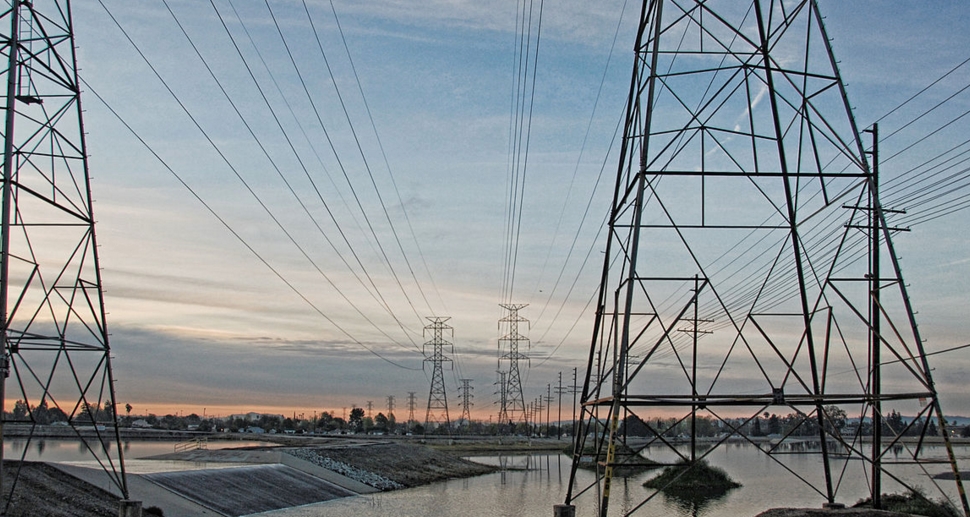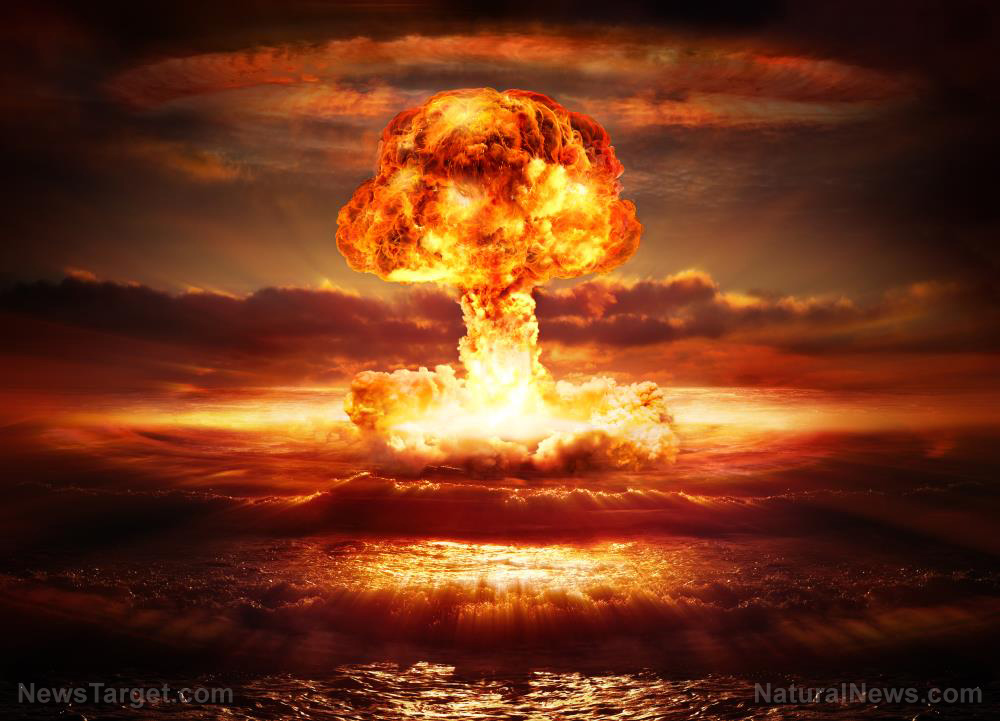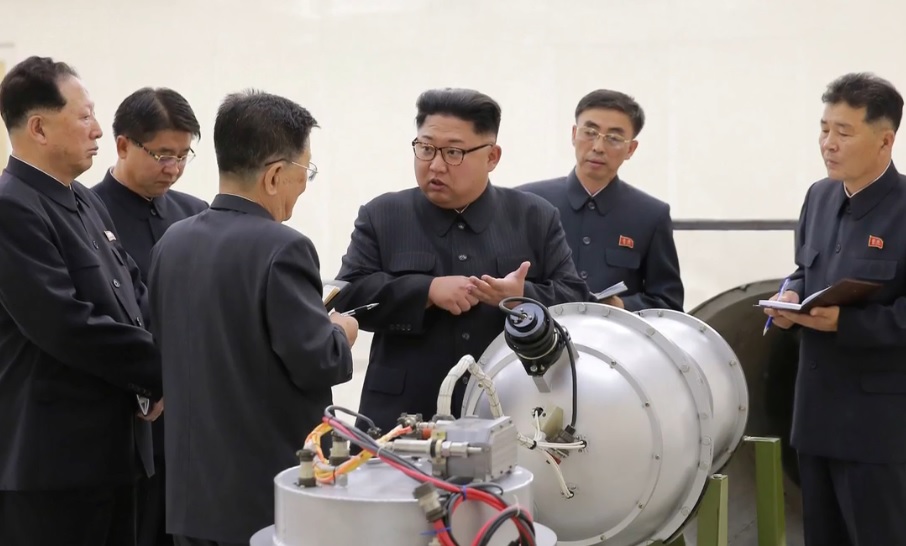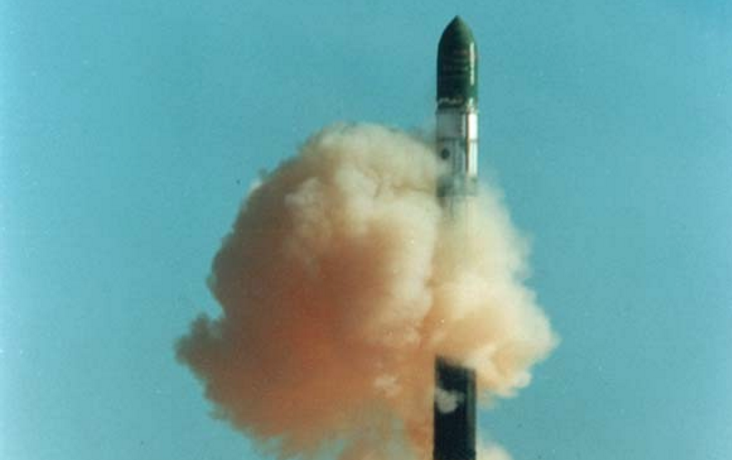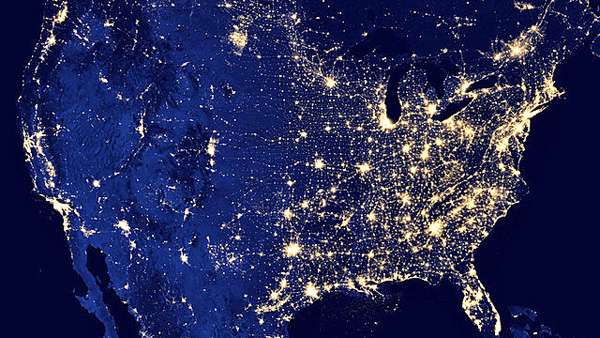North Korea issues new threat to launch EMP weapon against the U.S., which could turn entire country into one giant Puerto Rico
10/03/2017 / By JD Heyes
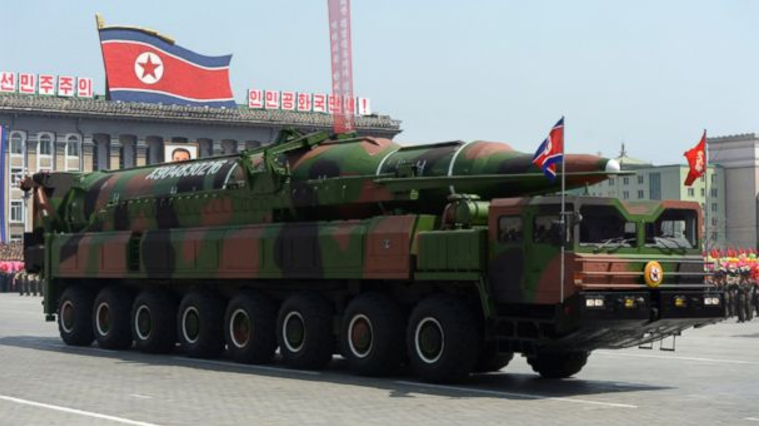
As the Trump administration juggles multiple crises including massive storms in the Gulf and Caribbean and the country’s worst mass shooting in our history, there is an older threat that has once again become relevant: North Korea.
Pyongyang, which has been working overtime to develop nuclear weapons and the capacity to deliver them via ICBM to North America, threatened recently to attack the United States with an electromagnetic pulse weapon that, if successful, would fry most of the country’s electric grid and turn the continental U.S. into one giant Puerto Rico — which lost all of its power grid when it was destroyed by Hurricane Maria.
As reported by InHomelandSecurity, U.S. intelligence, national security, and federal law enforcement officials have been warning that the American power grid is vulnerable to an EMP attack. The most recent high-level warning came in part from former CIA Director James Woolsey, who co-authored an article with Dr. Vincent Pry from the Task Force on National and Homeland Security in March claiming that an EMP attack on the U.S. would kill up to 90 percent of Americans within a year.
“Tensions between the U.S. and North Korea have reached a fever pitch. North Korea continues to test its nuclear capability and threatens the U.S. with an EMP attack. But is the United States taking the North Korean threat seriously or is it even addressing it?” reported InHomelandSecurity.
Noting that the recent storms in Puerto Rico, Texas, and Florida have highlighted just how vulnerable and “antiquated” the U.S. power grid is in many parts of the country, John Ubaldi, writing for the website, said it is important to look at who is responsible for protecting the country’s critical infrastructure.
“In 2001, then-President George W. Bush announced a national energy plan that called for modernizing our crucial electrical infrastructure,” he wrote. “But his plan died amid partisan warfare over the plan’s proposal to increase oil drilling in the United States.”
Ubaldi said that in the meantime, national defense officials are responsible for protecting the grid, in large part because they are naturally responsible for defending the country in general. At present, the Pentagon is working to strengthen U.S. missile defenses along the West coast and in Alaska, were interceptor missiles are on 24-hour standby alert, as that direction would be the most likely approach for a North Korean nuclear-armed ICBM.
However, he points out that in recent days an anonymous high-ranking Department of Homeland Security official told Fox News, “We recognize that an EMP event would have extremely dire consequences for the entire country, but where the challenge comes is in attempting to quantify those impacts. This is not something we have had a lot of real-world experience with.” (Related: The EMP threat put in context: It may not be the top threat we face, but it’s still a threat.)
Experts say that the higher the EMP detonation over the country, the more devastation it would cause to the grid. And, as Fox News noted further:
…[G]iven that high-altitude nuclear tests were prohibited as per a 1963 treaty, from the U.S. side, there is little scientific data to understand the devastation of a detonation on modern infrastructure.
That said, the potential fallout from such an event would be catastrophic and worse, the U.S. could respond in kind but it likely wouldn’t have the same effects because North Koreans, who pride themselves on their ability to be resilient, have a far less extensive power grid and as such would not be proportionately disrupted by its destruction.
“All of the functions communities rely upon — hospitals, water, waste, transport, telecommunications, air control, medical care — could potentially be decimated for not days and weeks, but months or years,” Fox News reported.
“Our ability to know what would happen in the aftermath is highly uncertain. That being said, we are doing several things to deepen our understanding. There is a lot of information sharing,” noted the official. “We are looking at mitigation strategies and developing planning tools.”
But the North Koreans may not give us the time to ‘mitigate’ such a devastating attack.
J.D. Heyes is a senior writer for NaturalNews.com and NewsTarget.com, as well as editor of The National Sentinel.
Sources include:
Submit a correction >>
Tagged Under:
EMP weapon, North Korea, nuclear weapons, power grid, Puerto Rico, threat, World War III
This article may contain statements that reflect the opinion of the author
RECENT NEWS & ARTICLES
COPYRIGHT © 2022 EMPweapons.news
All content posted on this site is protected under Free Speech. EMPweapons.news is not responsible for content written by contributing authors. The information on this site is provided for educational and entertainment purposes only. It is not intended as a substitute for professional advice of any kind. EMPweapons.news assumes no responsibility for the use or misuse of this material. All trademarks, registered trademarks and service marks mentioned on this site are the property of their respective owners.





